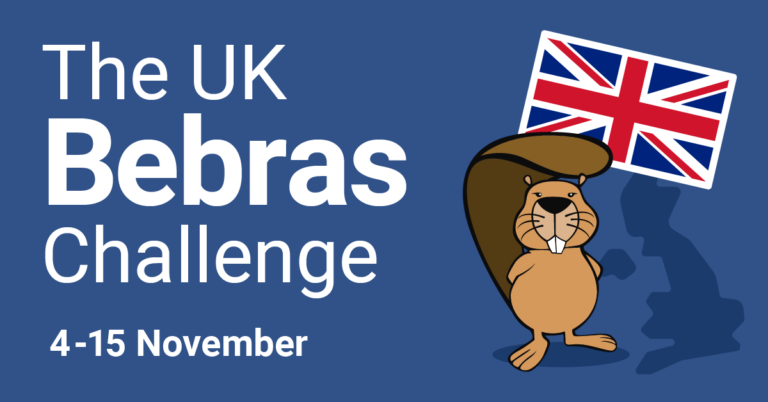Computational Thinking

-
- Integrating computational thinking into primary teaching
Computational thinking is a vital skill if you want to use a computer to solve problems that matter to you. That’s why we consider computational thinking (CT) carefully when creating learning resources here at the Raspberry Pi Foundation. However, educators are increasingly realising that CT skills don’t just apply to writing computer programs, and that CT is a fundamental approach to problem-solving that can be extended into other subject areas. To discuss how CT can be integrated beyond the computing classroom and help introduce the fundamentals of computing to primary school learners, we invited Dr Aman Yadav from Michigan State University to deliver the penultimate presentation in our seminar series on computing education for primary-aged children.
- Integrating computational thinking into primary teaching
- What is Computational Thinking?
Computational thinking is the ability to solve problems by learning to think like a computer or a computer scientist. This involves analyzing a complex problem, developing possible solutions to the problem, and formatting the solutions so that they can be carried out by a computer (or a human). One example of computational thinking is baking a cake.
The core components of computational are:
- Decomposition: Break the problem into smaller chunks. For baking a cake, that might involve thinking about the components of a cake (frosting, decorations, and the cake itself).
- Pattern recognition: Identify similarities or patterns that can help you solve the problem. For baking a cake, you might need to think about how many repeating layers the cake will have.
- Abstraction: Remove any unnecessary details that don’t help you solve the problem. For baking cake, that might mean the order in which you prepare the ingredients is not important.
- Formatting a general solution: Once the problem is broken down accordingly, take those pieces, solve them individually, and put them together logically. For baking a cake, this can mean determining the steps to make the cake batter, frosting, and decorations, and then putting the completed components together to make the cake. For example, you wouldn’t decorate the cake before you frost it.
- Introduction to computational thinking
Before computers can be used to solve a problem, the problem itself and the ways in which it could be resolved must be understood. Computational thinking techniques help with these tasks. - ChatGPT
Copy and past the following questions into ChatGPT – no login required.
How is Computational thinking used in baking a cake? and
How is Computational thinking used in teaching children to cross a road safely? - Join the UK Bebras Challenge 2024

UK Bebras is a free-to-enter annual competition that is designed to spark interest in computational thinking among students aged 6 to 19 by providing engaging and thought-provoking activities. The 45-minute challenge is accessible to everyone, offering age-appropriate interactive questions for students at different levels, including a tailored version for students with severe sight impairments. The questions are designed to give every student the opportunity to showcase their potential, whether they excel in maths or computing, or not. With self-marking questions and no programming required, it’s easy for schools to participate.